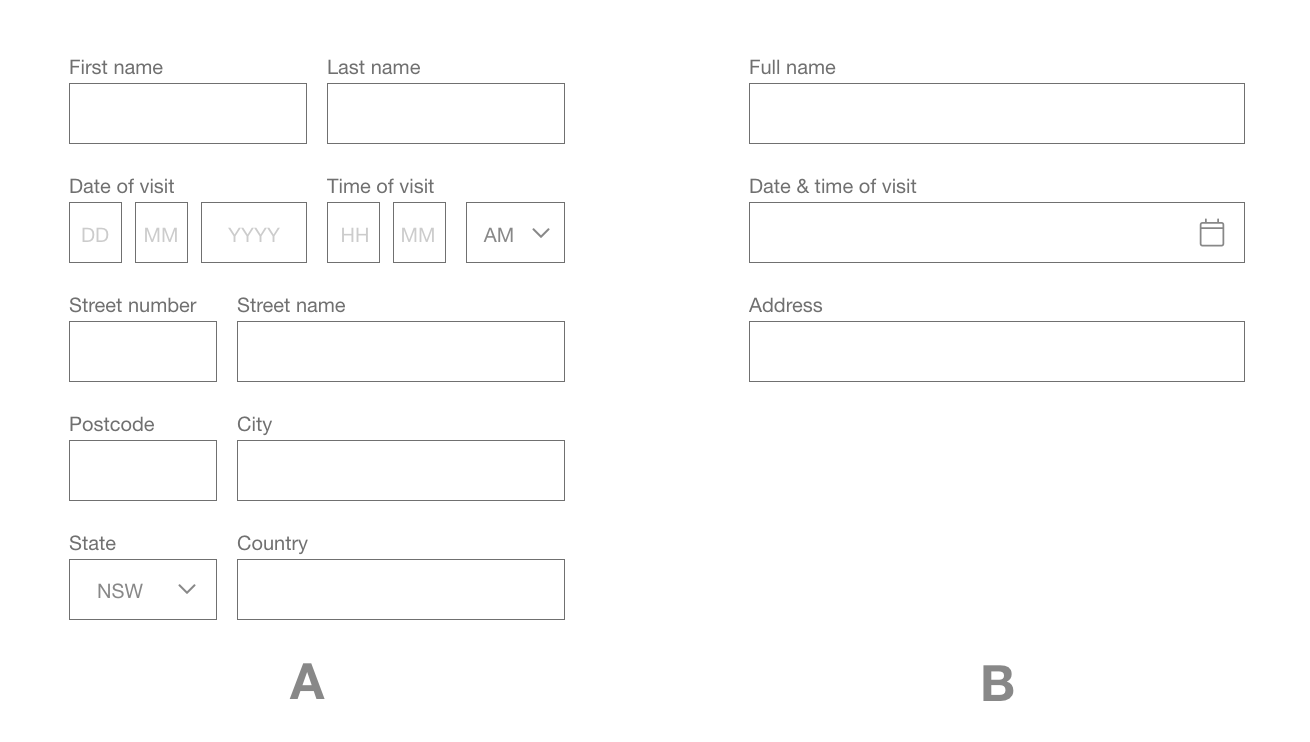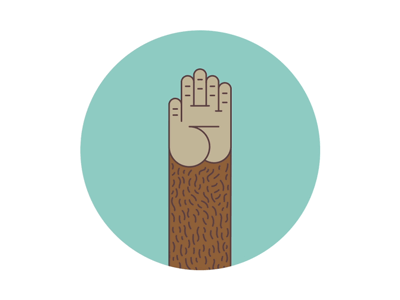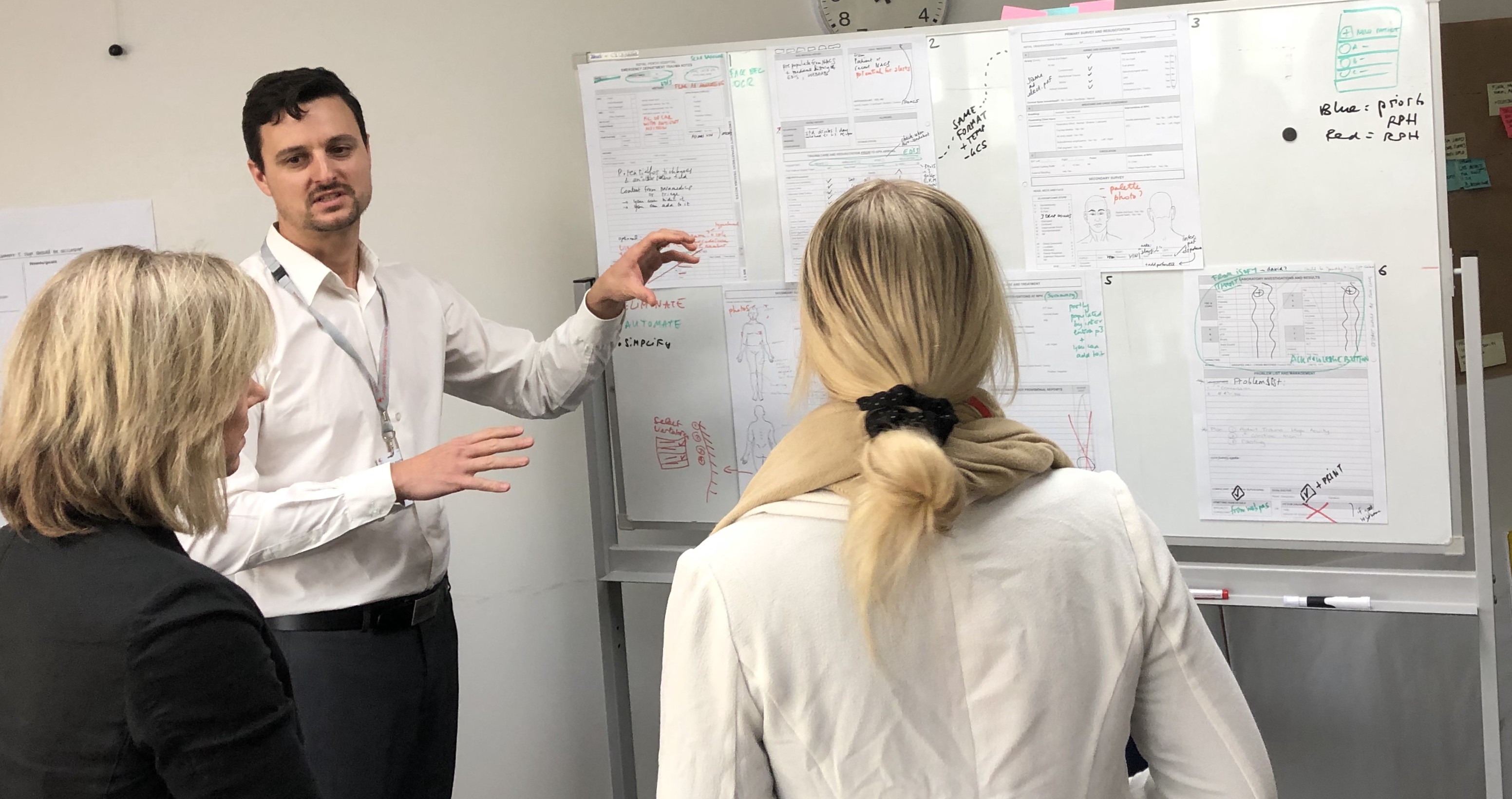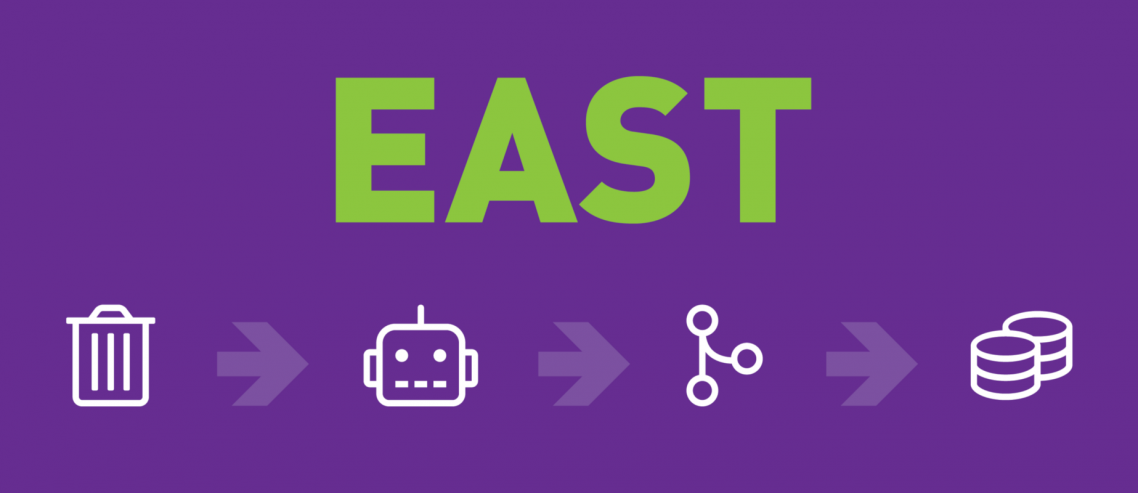EAST: An optimisation framework
Transformation is everywhere. The world is moving fast, demanding continuous optimisation of services and experiences.
What do people and organisations do all day long? They get sh*t done. They create, they innovate, they generate, in other words, they build. Nothing wrong with building, except it tends to only go one way. Upwards.
One day you look at your process, your service, your organisation, your product and think:
When, how and why did it become so complex?
Focusing on optimisation, EAST is a simple and pragmatic approach that applies 4 lenses to a problem in as many steps.

1. Eliminate
Less is more. But elimination is also the toughest challenge. Start by asking the hard questions:
Does this feature/step/element really need to exist? Really?
Is it duplicated anywhere else?
Is it providing any value?
If it does, does it belong outside of this process?
Example applications:
At UI level: For years, every form registration had a password and a password confirmation field. Thankfully you see less and less of the latter. Why ask for a confirmation? If a password recovery mechanism exists, the user will be able to update it anyway. Let’s focus on getting them from A to B as efficiently as possible.
At process level: In the digital age, printing and signing documents has become useless when you can save time, space, costs and efficiency by staying within the digital ecosystem, signing and archiving documents electronically.
At product level: The best remedy against feature creep is to have the courage to park features that are simply not adding any value.
If you really cannot eliminate, then…
2. Automate
What can be done behind the hood, without any user interaction?
Remember when cars had starter levers? When starting a car in cold weather, you had to pull that lever to rev up the engine slightly. Now every car manages that without us having to do anything.
Example applications:
At product level: API integrations but also Type-aheads, geolocation, timestamps, conditional display… There are tons of ways to automate an interaction. Maybe it’s time for an ideation session.
At organisation level: Do staff-members spend hours on tasks that could be automated? This one is definitely controversial, as to a lot of people, automation means job redundancies. I’m an optimist and think automation frees people so that they can focus on more meaningful tasks.
If you really cannot automate, then…
3. Simplify
Combine, shorten, reduce, reorder
There are multiple ways you can simplify a process.
Example applications:
At interaction level: Remember those forms asking for a date and time across 6 fields? Why would the user have to do all the hard work?

At process/service level: Can 2 touch points be merged? Can they be rearranged? How far can you go in reducing the number of steps in a user journey?
Now look at the result and ask yourself… How can give the user something back?
4. Tip
Reward your user.
Either you were not able to help them with any of the above for this specific field/step/case. Or maybe you did a fantastic job.
The fourth step in the process is to find opportunities to give the user something for their effort. This may require a fair amount of creativity.
Example applications:
At product level: Asking a loan applicant for their desired property’s address? Show them a picture of their dream house in return, and why not a property valuation?
At UI level: If really there is no tangible way to tip them, think about ways to use UI interactions and animations. They have more psychological impact than you may think.

At organisation level: Giving employees tools that are efficient and user-friendly is the first step to making them feel valued as the accomplish their daily tasks. Employees eat first 🙂
Mindset
The mindset for EAST is human-centricity, continuous improvement and minimalism.
Human-centricity: Many of our tools, processes, systems and products certainly match a business need. However, being generally used by humans, adopting a user-centric or staff-centric approach is not an option anymore. Users vote with their feet, and the same applies to staff-retention.
Minimalism: Everyone praises a well-thought 2 step-process or a single-button app, yet many fall in the trap of moreness. It takes courage and hard decisions (not to mention stakeholder management) to apply a less-is-more approach.
Continuous improvement: Not having all the time, resources or technological capability to run a full extent of changes should not hold you back. You might apply the theory of constraints (what is the highest value, most critical issue to tackle?) to focus on the weakest link, and iterate.
Applications
You can apply the EAST framework to:
• Systems
• Structures (eg. organisations)
• Processes
• Portfolio, programs & projects
• Products (feature level and UI level)
• Services
and more…
Methodology
Let me know what works for you.
EAST is efficient when applied in a workshop attended by a cross-functional team of 6 to 12 people. You need the best mix of stakeholders, technicians, subject-matter experts, decision makers, designers and end-users.
For best focus, you may want to plan a subsequent workshop to explore the Art of the possible and dive deeper into the Automate and Tip opportunities you will identify here.
Pre-requisites: You need to come ready with an existing journey map/form/blueprint/artefact. Pin it to the wall so the team can move around it.
Now let’s get started.

First apply EAST to the whole feature/flow.

- Can you eliminate the process altogether? fight
if not…
2. Can you automate it?
Candidate for an “Art of the Possible” workshop
if not…
3. Can you simplify this process?
Can it be merged with another?
If so you may need to zoom out and consider how it fits in the bigger picture.
then…
4. How can you tip/reward the user?
How can you pay them back from completing this process?
How can you make the journey globally more pleasant for them?
Now let’s move to the first element (A).

Apply EAST to this step, before moving on to B and so forth.
An alternative is to apply EAS to each step and leave Tip for a second pass.
Unless the process is very short, applying Eliminate to each step before starting over again with Automate etc. can be repetitive and result in a loss of focus from the team.
Voilà!
I hope it is as helpful to you as it’s been to me. I’d love to hear your feedback and possible improvements.

Note: Another great framework commonly used for innovation and ideation is SCAMPER (Substitute, Combine, Adapt, Modify, Put to another use, Eliminate, Reverse).
Why another framework?
I started shaping EAST naturally over the years while working on a number of digital transformation projects. There are strong points of difference, like EAST’s Automate and Tip phases, but also the particular order in which it is run. Starting with Eliminate tackles head-on a common type of problem organisations face, which is feature/process/systems creep.
Being very simple, it is easy to apply on the spot, while SCAMPER is a great method for a more elaborate ideation workshop. They can probably be used in conjunction but that’s not been tried yet.
Credits to Rob Crowley for his excellent feedback and help putting this together.

Comments
Comments are disabled for this post